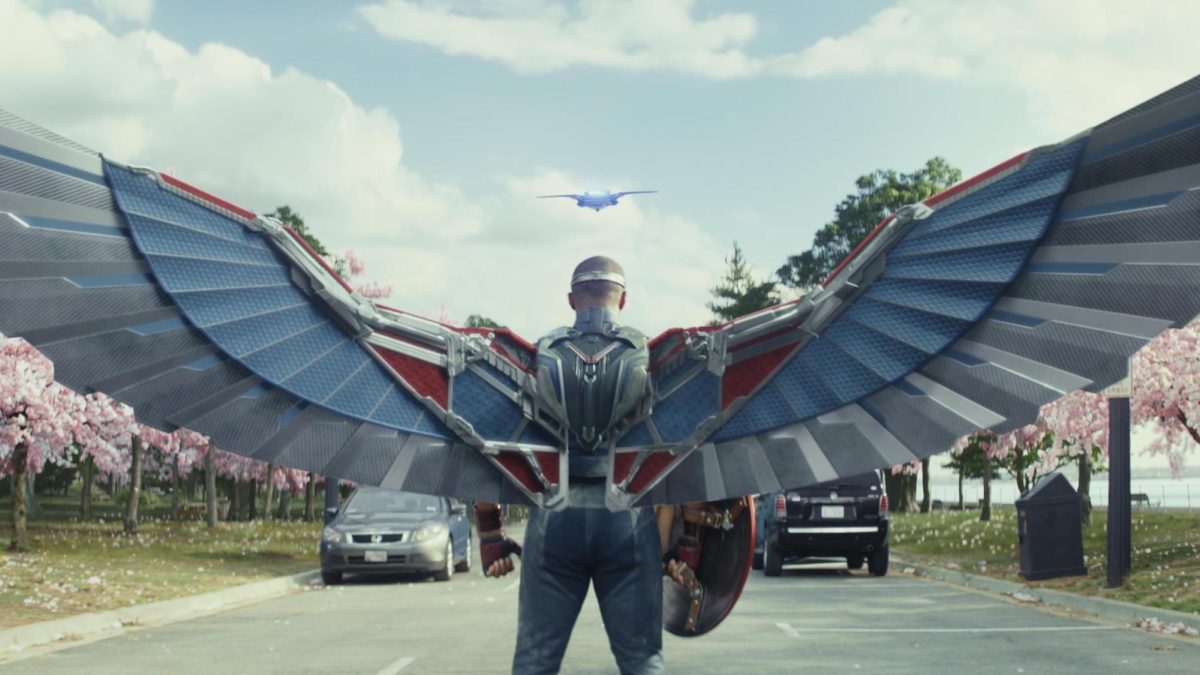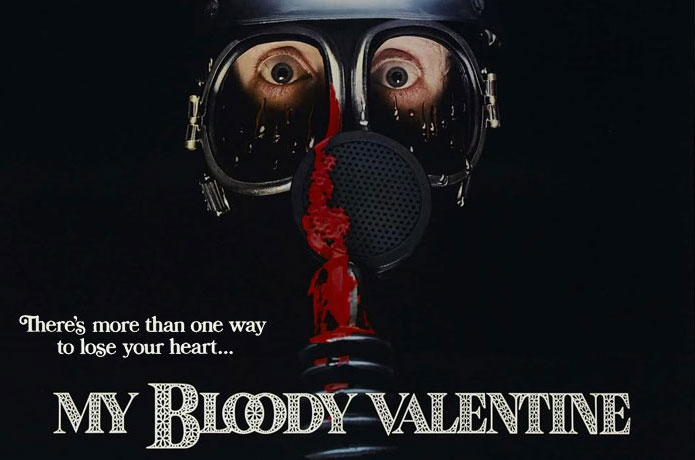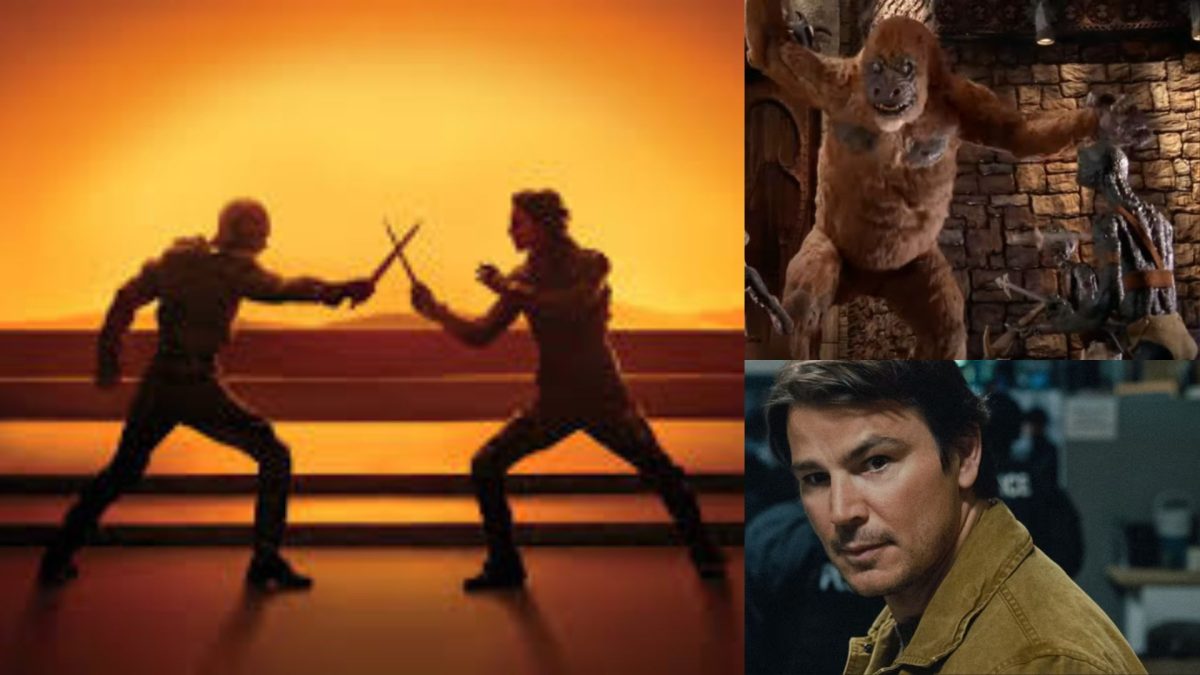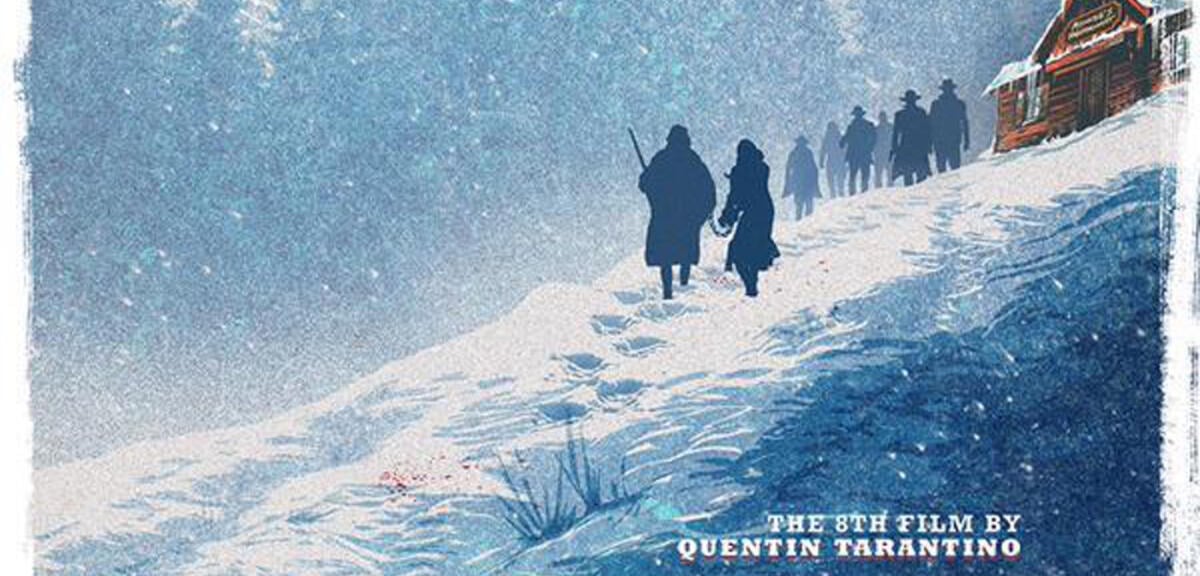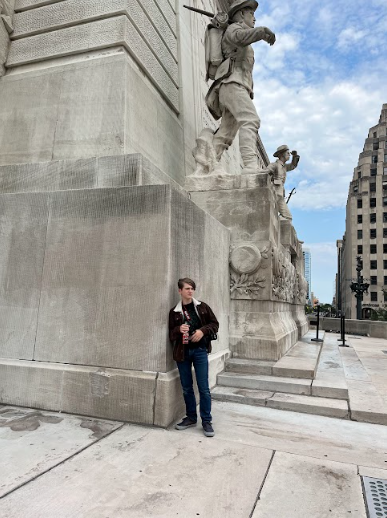
Everyone living in the United States is in pursuit of the American dream. Life, liberty, the pursuit of happiness. Be it immense riches, becoming famous, starting a new multi-million dollar business, or simply raising a family in a quiet suburban neighborhood, the dream exists in one way or another in the heads of all Americans.
There’s a reason why so many people emigrate to the US every year, and have been for a long time. The promise of freedom and liberty is intoxicating, providing a refuge in the heat of poverty, tyrannical leaders, or World War ll. The Brutalist is a testament to that story, one that thousands of people have experienced and will experience in the pursuit of freedom.
The film follows László Tóth (Adrien Brody), a holocaust survivor who immigrates to America, in 1947. After a series of misadventures (if you could call them that) in Philadelphia, he becomes acquainted with the rich Van Buren family; the patriarch, Harrison (Guy Pearce) contracts him to build a community center for the growing town the family lives in. Various things stand in the way of construction — xenophobia, abuse, and protecting his family — all par for the course in the singular journey to attain the American dream.
One of the most interesting things about the film is that it doesn’t rely on violence, nor excessive language to tell the story. Going in, some people may think that it is a crime drama or something of the sort, and it’s not. It is a drama, built on the backs of the performers and the cinematographer, and it manages to be interesting and compelling all the way through.
The Brutalist clocks in at an easily-digestible 215 minutes. In some areas, it is quite a grueling experience, soaking the viewer in the depth of despair and uncertainty that László feels throughout the massive runtime. In the lead role, Adrien Brody quietly commands attention, making his fictional character feel like someone who could really have lived. Guy Pearce and Felicity Jones, playing Harrison Lee Van Buren and László’s wife Erzsebet, are excellent in their supporting roles, and the script allows for them to have individual character moments important to the story.
However, despite the high caliber of acting on show here, possibly the most impressive achievement here is the cinematography (this year’s Oscars’ race is undeniably controversial, but between this film, Dune: Part Two, and Nosferatu, there are some incredibly shot films that have been nominated), which makes everything feel massive and expansive. Something as dull as a dirty bathroom is suddenly so much more interesting to look at, and no one can forget the image of the Statue of Liberty upside-down like a stalactite (an image which made a lot of the promotional material). So much of the feeling in the film is told through the cinematography; from the claustrophobic opening to the spacious expanses of the Pennsylvanian hills to the dizzying heights of the crane scene, all shot on 70mm Vistavision, it’s just incredible to look at, and it doesn’t have many explosions or car crashes to boot.
Another impressive element here is the soundtrack, which in many ways isn’t what anyone would expect it to sound like. In many ways, it exemplifies the term “soundtrack” because large portions of it are strange, kind of disturbing piano notes and off-putting noises, offset on several occasions by a magisterial orchestral riff that plays as important events occur. The film contains an overture that plays for the first ten minutes of the film, and a fifteen minute intermission (between the two acts) complete with a full score. The combination of both the cinematography and the music are some of the most important elements of the film; it just looks and sounds impressive, even without the actors populating the screen.
A much smaller compliment, there are effective ways that the passage of time is shown (as the film takes place over the course of a decade), which make it easy for a viewer to acknowledge the passage of time without being heavy-handed about it. A radio playing in the background might say the month and the year on a broadcast, or some other small hint through dialogue that comes naturally.
As far as the film is concerned, one of the primary less-popular aspects is certainly the runtime. Some editors could probably go through and cut out some less-important scenes, maybe just clean up a few shots that take a long time to “get to the point”. However, this is a film that looks, feels, and sounds very deliberate in everything that it does. Looking into the film’s production, it took several years just to get off the ground, and has been in some stage of writing or shooting for a few years after that. Director Brady Corbet is easily commendable for sticking with his vision and refusing to let it die. In that regard, his film could be as long as he wanted it to be, it just so happened that this cut was three and a half hours long.
A review for a film like this hopefully should sway a potential audience member in either direction, and ideally, this one will suggest that this massive epic is worth your time as a person with other commitments. The reality is that The Brutalist is an experience; it defines that term to the very core, and seeing it on the largest screen possible will cement it as an experience to remember.
In the same vein as other three-hour-plus historical epics we’ve gotten in the past few years (like Oppenheimer and Killers of the Flower Moon), this is one that more people should see and understand what the film is trying to say. And it has an intermission, which has to count for something.


